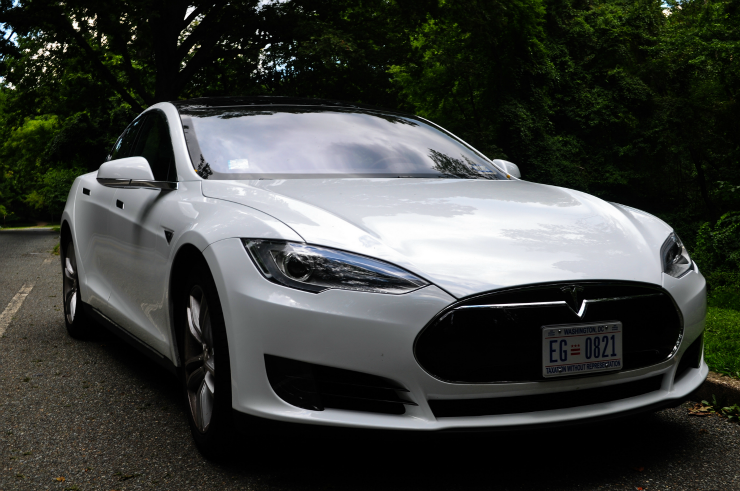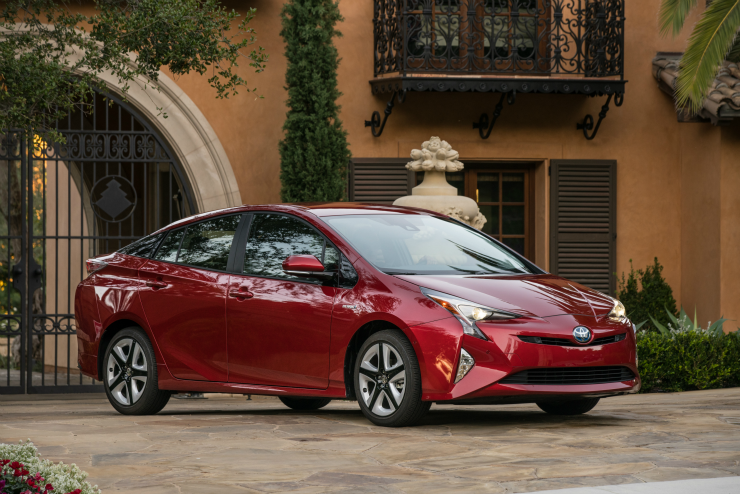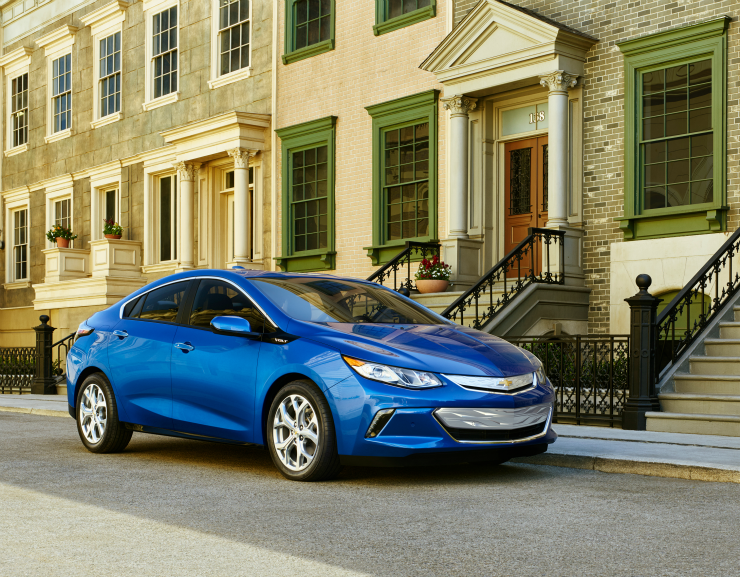Zapped! 3 efficient alternatives to EVs

Electric cars are often seen as the be-all and end-all of efficient motoring. The electric car driver doesn’t need to pay for gas, maintenance is less intensive, and ownership can give you a sense that you’re doing more for the planet than the next guy. But there are still some major disadvantages to electric cars that precludes many people from being able to drive one.
For one, range anxiety is still a real concern for people, even if there are ways to mitigate it.
See also: EV angst: 5 ways to overcome range anxiety
Electric cars also require owners to have a place to plug it in, which prevents many people without garages from ownership. Last, electric cars are expensive compared with what you get. Sure, a Tesla P85 has a 320-mile range if you have a light foot, but it will set you back over $105,000 before options. Even the cheapest electric car available in the United States, the Mitsubishi i-MiEV, will still set you back almost $23,000. And for that you get a ground-quaking 66 horsepower, a 60-mile range and an interior that belongs in a car that’s half the price.
These downsides mean that for many people electric vehicles just are not an option. Here are some alternatives for those who want efficiency, but can’t live with an electric.
1. Diesels: Feel the power

Ever since the recent revelation that Volkswagen’s diesels had a “cheat” device that allowed them to emit more emissions than allowed, diesel has become somewhat of a dirty word. But the facts remain: Diesel powered vehicles can achieve higher miles per gallon than gasoline cars.
They also retain many of the benefits of gasoline powered cars such as power, weight and ease of use, and most diesel cars aren’t appreciably different from their gasoline counterparts. Since diesel is able to provide significant power with better fuel economy, it can also power larger vehicles like trucks and SUVs, unlike electric or hybrid drivetrains.
The major downside is that to meet emissions standards, most diesels require the use of a urea-based liquid that is injected into the catalytic converter to eliminate harmful nitrogen oxide from the exhaust. Because this liquid is a consumable, it is necessary to ensure that your diesel has a sufficient supply, which can add an extra cost and step to maintaining the vehicle.
Many brands offer diesel engines in their passenger cars and light trucks. Diesel engines are available from Mercedes-Benz, BMW, Chevrolet, Jeep, Jaguar, Ram and Land Rover. Volkswagen, Audi, and Porsche diesels are currently unavailable for purchase due to an order from the EPA, but are expected to return to the market once an emissions solution has been found.
2. Hybrids: 30-plus models

Hybrids, like the Prius, use a both a gasoline engine and an electric motor to propel the car. Electricity is gathered from a regenerative braking system that supplies the electric motor by capturing energy that would otherwise be lost to heat. Some hybrids also include the ability to plug in to an outlet to add further charge to the car’s batteries for extra electrical assistance, increasing mileage even more.
The main advantages of hybrids are better gas mileage than a regular vehicle and fewer emissions. On the down side, most traditional hybrids are heavy, under-powered and more expensive than similarly equipped vehicles.
A car buyer who is looking for a hybrid is spoiled for choice. While most people think of the Prius when they think of hybrids, many companies have started to offer hybrid versions of their traditional cars and SUVs. There are more than 30 different hybrid models available in the U.S. market for the 2016 model year, ranging in price from the $19,560 Prius C to the $135,000 BMW i8 sports car. A list of these vehicles is available from FuelEconomy.gov.
3. Extended range electric vehicles: Anxiety relief

Extended range electric vehicles (EREVs), like the Chevy Volt, use an electric motor and a small gasoline engine for generating electricity for the motor when the batteries are depleted. Because of this, automakers often refer to the gas power plant as a “range extender” instead of as an engine.
Since the car uses mainly its stored electricity for power, many EREV owners who drive less than 40 miles a day rarely use their gasoline engine at all. Some Chevy Volt owners report filling up their tank a handful of times a year, according to Consumer Reports. Therefore, the ownership experience for a EREV often mirrors that of a pure electric car, but it eliminates any fear of range anxiety.
A major downside to EREV hybrids is that a power source is required for charging, similar to electric cars. And EREVs are fairly expensive, but their minimal use of gasoline can minimize that price.
EREVs are not as common as traditional hybrids, with only three vehicles currently available: the Chevrolet Volt, the Cadillac ELR and the BMW i3 with its optional range extender.
About the writer: Will Kinton thinks life is too short to drive boring cars, and enjoys sharing his passion for them. For more, be sure to follow him on Twitter at @willkinton247.
Photo credits: From top to bottom, Xing Yishi, Daimler, Toyota, Chevrolet.
See also: 2016 self-driving cars: Google, Daimler, Audi, Tesla lead the pack
